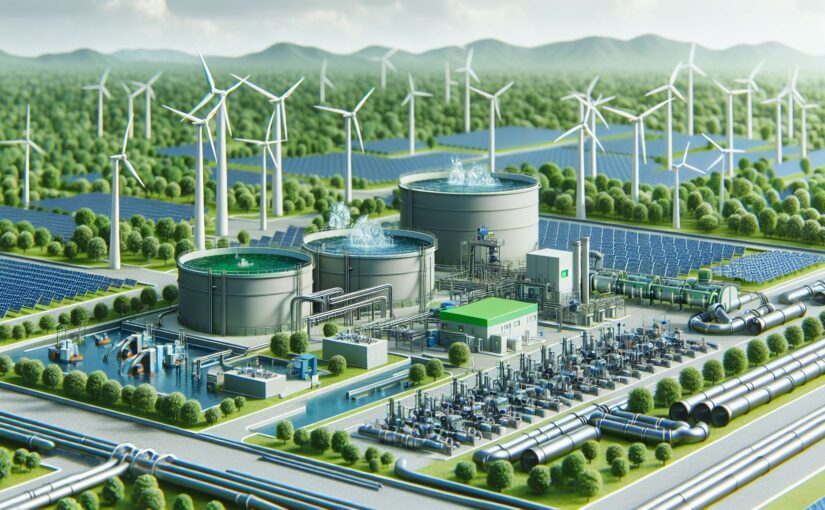As the search for renewable energy sources goes on, an often overlooked source is wastewater. By combining modern science with one of the oldest human necessities, we have the potential to create a significant amount of sustainable energy.
What is Wastewater?
Wastewater is any water that has been affected by human use. This can range from sewage, to runoff from agriculture, to industrial waste. The common thread is that wastewater has been polluted by human activity and needs to be treated before it can be released back into the environment^1^.
The Energy Potential of Wastewater
Wastewater is full of organic material, including various forms of carbon. This material has a lot of potential energy that can be harnessed. If we can develop effective methodologies, we will not only be able to treat this water in a more sustainable way, but we will also be producing energy rather than using it.
The Role of Microbial Fuel Cells
One of the key technologies in this space are Microbial Fuel Cells (MFCs). MFCs use bacteria that break down the organic material in wastewater, and generate electricity in the process. Essentially, these bacteria are acting as biological power plants, converting the chemical energy in the wastewater into electrical energy^2^.
Looking to the Future
At this time, wastewater treatment is more of an energy use than a source. However, by implementing technology such as MFCs, that might very well change. As the technology improves, the potential amount of energy we can extract increases.
In conclusion, wastewater might seem like a strange place to find renewable energy. However, we are just beginning to scratch the surface of the possibilities. As we improve our technology and methods, we may find that this overlooked resource could play a major role in our sustainable future^3^.
